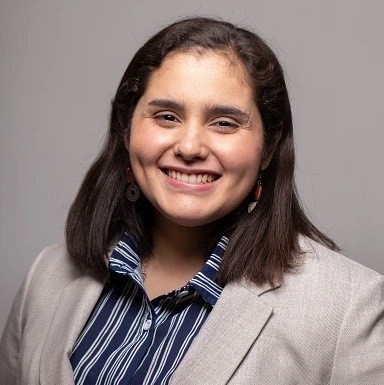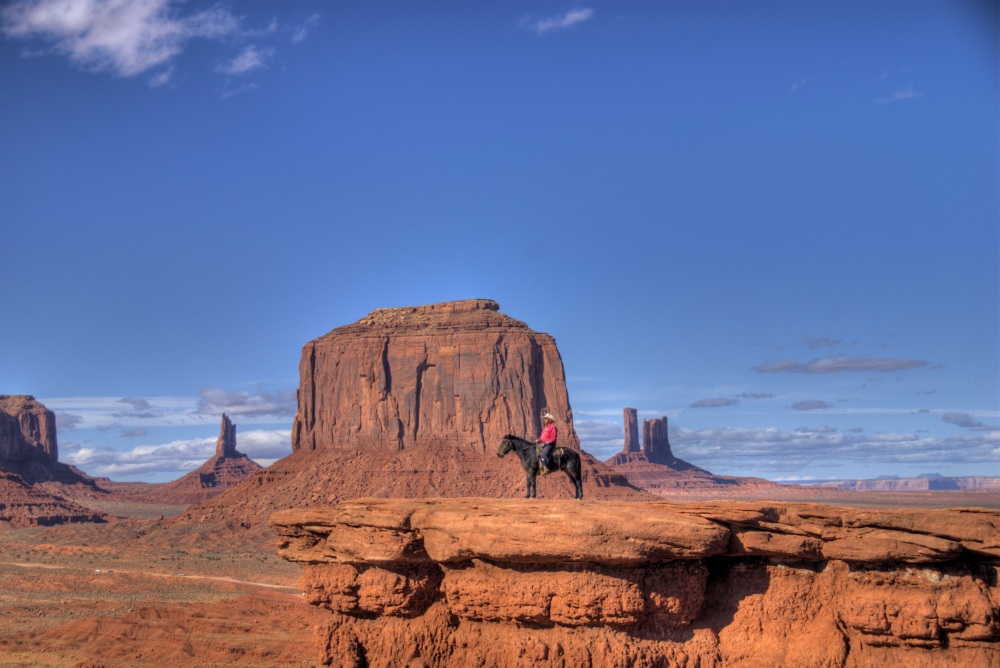
Carla Montilla
Former Intern, NTI
Atomic Pulse
Frontline communities are those most impacted by nuclear materials. In the United States, Indigenous communities have been extensively harmed by the development, production, testing, clean-up, and waste storage of nuclear materials. Currently, there is a disproportionate amount of nuclear waste in Native lands, which has led to significant health impacts for their people. At the same time, these communities have been excluded from conversations around nuclear policy, a field historically dominated by white men.
NTI is committed to highlighting and supporting diversity in the peace and security field. To recognize Native American Heritage Month, NTI’s communications intern Carla Montilla spoke with Talia Boyd on the importance of amplifying Indigenous voices. Talia is a “Keep It In The Ground” Mining Organizer at the Indigenous Environmental Network.
How did you get interested in the field of nuclear security and uranium development?
My community was impacted by uranium. In many ways, I did not choose to learn about these topics, they chose me. I was born and raised on the Diné Nation. I passed the Tuba City Disposal Site, which was on Navajo Nation, on my way to school. Then my family moved to Church Rock, New Mexico, where one of the largest radioactive spills occurred in 1979. This was also on Navajo Nation. So, I learned about nuclear contamination as a child, and it was heartbreaking to learn we could not escape it, it was all over our Indigenous lands. Our homelands are contaminated by uranium waste.
How have Indigenous peoples in the United States been disproportionally harmed by nuclear weapons?
Uranium mining is very carbon and water intensive. In the nuclear field, we mostly talk about the back end of the cycle but not about uranium mining. Most mining of uranium occurs in Indigenous territory, and we feel most of the negative impacts. These are compliments of the Cold War, compliments of the military industrial-complex, compliments of the Manhattan Project. There are a lot of Indigenous communities that continue to fight uranium mining.
Indigenous communities are harmed by mining, processing, and the waste. We are harmed by every step of the nuclear supply chain. Most reactors are in the East, and they ship that waste back West where Indigenous communities are. We have been fighting for years to stop this in places like White Mesa Mill next to our Ute Mountain and Yucca Mountain, a sacred mountain. We live in sacrificed zones. We live close to the Trinity site.
We continue to be put in harm’s way by the nuclear supply chain. Indigenous communities have been harmed in many ways. A lot of the uranium has been extracted from our land. They took the natural gifts of our homeland to kill people. This is totally against our values.
Why is it important to have more diverse voices, especially Indigenous voices, in the peace and security field?
For Native peoples in the United States, a lot of our fundamental values go back to living in balance with the natural world. This land does not speak English, it speaks many Indigenous languages. It will not heal by non-native peoples. Our love and language for this land are necessary to heal it.
We have been disproportionally affected, but our voices are always swept under the rug. The biggest uranium spill happened in Church Rock, New Mexico in 1979 on Navajo land. We are still pleading for studies, for clean-up, for people to know about this. It is important to share our stories, our horror stories—the diseases we have suffered, the high cancer rates. We need our voices in conversations for peace and caring and healing for the land because that is what Indigenous people are all about and what our traditions teach us.
What can NTI and other organizations in the nuclear security field do to elevate Indigenous voices in nuclear policy and nonproliferation efforts?
Share information. Let’s talk about it, let’s have those conversations. Let’s show that nuclear is very damaging to us. What can we do with this waste? Why do we keep taking it out of the ground if we don’t know where to put it? Inviting people from those communities to speak for themselves, invite them to platforms where they are usually not invited to share their stories, give them funding, put them in front of decision-makers.
Also, build relationships with tribal communities. A lot of non-profits don’t know how to introduce themselves to tribal communities. It requires an introduction of who you are, what you are about. We have been at the frontlines. Let’s give Indigenous peoples resources so they can feel empowered and speak for themselves and educate their communities and decision-makers. It is multigenerational and a family affair. Building that tribal community capacity, those resources, and that rapport. Build that solidarity and those networks.
Sign up for our newsletter to get the latest on nuclear and biological threats.
